Sony a1
Oct 25, 2021 08:36:46 #
tcthome
Loc: NJ
CHG_CANON wrote:
The EOS R5 has changed how we think about mirrorless, how we think about photography, how we think about life. The others not so much.
I won't be ble to sleep until I get one, or maybe two ?
Oct 25, 2021 08:37:34 #
Oct 25, 2021 10:30:50 #
There are a lot of great cameras out there, no question. But when Sony came out with the A9 it was a game changer for me considering I shoot birds (almost exclusively) and I love flight. At the time, IMO there was no comparison of what Canon and Nikon had as far as focus capabilities for moving subjects compared to Sony’s mirrorless a9. For stationary subjects, my Canon gear was fine, but not so much for flight. So I started down the Sony path and fortunately the company came out with the glass to match up to the bodies. A big investment? Yes. But Sony’s long lenses, the 400 mm f/2.8 and the 600mm f/4 are comparable in price to the offerings from Canon, and Nikon. The problem however with a9 was the 24MP sensor. It was not quite large enough to maintain image quality when cropping, and with bird photography, cropping in many, many cases is necessary for composition. The a7R bodies had larger sensors, the not the speed or focusing capabilities of the a9. Then comes the A1. Faster frame rates, larger sensor, and bird eye AF. For me the camera was “the one”, fulfilling everything I was looking for. No question this path has been a huge investment for camera equipment, but its my passion. I am not into fast cars or other expensive hobbies, so camera gear to promote my passion is worth it to me.
Oct 25, 2021 14:28:19 #
tcthome wrote:
He's joking.
Yep I did realize he was "exaggerating" though I am always amazed how invested some people are in their own gear (as if it is an extension of themselves). I have seen great photos with many different cameras and lenses and as others have said, what is more important is the 6 inches behind the camera as well as what is in front of the lens.
Oct 26, 2021 08:56:29 #
DennisC.
Loc: Antelope, CA
CHG_CANON wrote:
The EOS R5 has changed how we think about mirrorless, how we think about photography, how we think about life. The others not so much.
It makes me think how long do I have before it overheats???
Oct 26, 2021 14:37:59 #
amfoto1
Loc: San Jose, Calif. USA
Osprey1959maine wrote:
What’s the feedback for wildlife / bird photography quite expensive .. is it worth it and how does it compare to the d850 or Canon R5
Thanks
Thanks
This is the second time you've asked about specific cameras and not given us much info that would be useful for us to give you good advice.
There are some important questions YOU need to answer before we can give anything other than advice:
1. What gear do you have now? The reason this is important is if some of it can be carried over to a new camera, that can help with your budget. The most cost-efficient way to upgrade your photography is to expand an existing system, rather than completely changing systems.
2. What's your budget? You ask about expensive cameras (today the $6500 Sony A1, previously about the $3900 Canon R5)... but what about lenses? In fact, lenses will do more for your photography, than any camera ever can. And, obviously, this harkens back to the first question... if you already have a usable lens or two, that might leave more for you to spend on a camera. But for wildlife photography there's other gear that can be very important, too... such as a good, stable tripod and perhaps a gimbal head... those aren't cheap, either. But maybe you already have a good rig to work with. We don't know. Flash can be an important tool, too.
3. What type of wildlife are you most likely going to be shooting? You mention birds, which are among the most challenging because they don't like to pose and can be quite shy and fast moving. Big birds are easier to shoot than small birds. Birds in flight are a different matter than birds perched. Moose and black bears are likely to require different gear than hummingbirds.
4. What will you be doing with your images? If you will primarily be posting online, you very probably don't need a 50MP camera. But if you plan to do really large prints and/or fairly heavy cropping, a higher megapixel camera might be in your future.
5. Do you plan to travel and hike with your gear? How large a kit are you prepared to haul around? Wildlife photography involves powerful telephoto lenses. If you don't already have one (or more) the good news is that there are now quite a few good choices, but there still can be some considerations that may point you toward one camera system or another.
You want a camera and lens with a fast, high performance autofocus system for wildlife photography. There has been a revolution in AF systems the last few years, with Sony leading the way and Canon's latest cameras now just about equal. Nikon has lagged a bit in this, but the upcoming Z9 is expected to be competitive again.
Watch this video from Steve Perry: https://youtu.be/fnN2IhsYK_M This is his review of the Sony A1 specifically, however he compares it with DSLRs as well as other brands of mirrorless. You'll see little image quality performance difference between the brands, but it makes clear that for wildlife the latest mirrorless AF systems are superior to anything offered in a DSLR. You can do much the same things he shows with A1 with the Canon R5... EXCEPT, the R5 doesn't have the fast readout, BSI sensor of the A1, so there will be some rolling shutter effects with fast moving subjects shot using the R5's electronic shutter (switching to mechanical shutter avoids the problem, but means slower frame rates). Steve shows some examples of rolling shutter distortion effects. But if you're interested in more info, Google it.
How large you want to print (or how heavily you need to crop... or both) determines how many megapixels you really need. With no cropping and good glass, a 24MP camera is capable of making an excellent 16x24" print. Anything much larger than that (or rather heavy cropping) would be better done with a higher megapixel camera.
All the cameras you are asking about and comparing to are full frame models. You need to be aware that to achieve the best out of full frame cameras with wildlife requires big, heavy, expensive lenses. You'll see Steve using some of those in the above video, very often (always?) with a tripod. Maybe you already have some of those lenses. But if you don't, some of those lenses cost 2X or 3X the price of these top-of-the-line cameras!
An APS-C "crop sensor" camera is like getting a free teleconverter built in, which can be very beneficial for wildlife photography if you want to keep your lens size, weight and cost reasonable. For example, I use both formats and often shoot hand held for hours on end with a 300mm f/4 lens on one of my APS-C cameras. That lens is a moderate size, weighs about 3 lb. and costs about $1350 brand new. Total cost of lens and camera (w/grip), approx. $3600. To "fill my viewfinder" the same way with a full frame camera requires a much larger, approx. 8 lb., $9000 500mm f/4! That rig is so big and heavy I almost never use it hand held and certainly don't do so for more than a couple minutes. Far more often it sits on a $1000 tripod with a $350 head and some other accessories that make for a total cost over $1600 (in addition to the cost of the camera and lens). That tripod is another 8 or 9 lb. to carry around, too. Total cost of lens, camera and tripod, maybe $15,000 or more... or about 4.25X the cost of the APS-C setup.
Yes, it's possible to see a little bit of difference in image quality.... The big, heavy, expensive lens on the full frame camera has an edge in sharpness and ability to blur down backgrounds. However, I wouldn't call it anywhere near "4X as good"! I'd have to be making some pretty serious money of the shots I take with it, to justify that large jump in cost, not to mention the additional strain of hauling the bigger, heavier gear around!
There are some innovative things being done with mirrorless cameras. That's where all the major manufacturers are putting in their research and development. But there is still considerable difference between the systems.
- Sony has been building their mirrorless systems for 8 or 9 years, offers both APS-C and full frame E-mount camera models and has a pretty comprehensive selection of approx. 45 native (Sony branded) E-mount lenses from 12mm to 600mm (many are full frame that can be used on both formats, but some . There's also reasonably strong 3rd party lens support for the Sony E-mount system (approx. 100 additional 3rd party lenses with autofocus are offered from various manufacturers).
- Nikon jumped into a mirrorless system in a serious way a little over three years ago when they launched their Z-mount cameras in early summer 2018. They offer both APS-C and full frame Z-mount cameras (two APS-C models now, very similar in specifications, but different in appearance) and a quite modest selection of 21 Z-mount lenses (two of which are "crop only"). Right now only one manufacturer (Viltrox) is offering a half dozen 3rd party lenses (three are full frame, three are crop only). AF lenses available for Z-mount currently range from 14mm to 200mm (full frame) and 250mm (crop only). There is promise of a Nikkor 100-400mm lens, likely to be announced this week. To me it's surprising how slow Nikon has been to develop native Z-mount lenses because the company is renowned for their lenses. It is possible to adapt existing Nikon F-mount lenses (the largest lens system in the world, many of which are excellent) for use on the Z-mount cameras. Recent F-mount Nikkors that are adapted should work just as well or better on the Z-series cameras, as they did on DSLRs. 3rd party F-mount lenses may not work as well. The down-side to adapting that is that the lenses aren't particularly compact or light weight, plus the adapter adds a bit of length and a little weight. Compared to the other manufacturers Nikon has struggled to develop a high performance AF system for mirrorless. What they have is good, just not as good as Sony's and Canon's. The reason Nikon has lagged in this respect is because they came into it cold. While they had a small mirrorless system some years ago, it was a real outlier that used an extra small image sensor (to be ultra compact), saw rather limited success and was discontinued after only a few years. As a result they didn't put nearly as much R&D into an AF system for mirrorless as Sony and Canon did. If their marketing information is true, the Nikon Z9 camera coming soon may be a game-changer with an AF system at least equal to that of Sony and Canon. I hope so because strong competition is good for consumers, regardless what brand they shoot!
- Canon got serious with their mirrorless RF-mount system almost exactly three years ago in the fall of 2018. The Canon R-series system so far has only offered full frame models. Canon has for 8 years offered a different, EF-M mount APS-C mirrorless system, which they've sort of treated like an ugly stepchild, but has been a good proving ground to develop their mirrorless AF system and come up with other innovative ideas to carry over to the new system. Unfortunately, lenses are not interchangeable between these Canon systems. Like Nikon, Canon doesn't yet have a very extensive selection of native RF-mount lenses: 23 in total (all full frame). However they've done a much better job of minimizing duplication and overlap to cover a broader range of focal lengths, currently offer choices from 14mm to 800mm (there's now even a 5.2mm fisheye, but it's a specialized 3D/VR lens). Canon also has been very innovative, designing and producing lenses that are smaller and lighter than similar models they offer for their own DSLRs as well as what other manufacturers offer for both DSLRs and mirrorless. Canon's lens development has been particularly beneficial to wildlife photographers who rely heavily on powerful telephotos. Where Nikon has none and Sony has a fairly modest selection, Canon already offers uniquely affordable and hand-holdable RF 600mm and 800mm (both f/11 fixed aperture), a superb RF 100-500mm zoom, two expensive "super telephotos"... 400mm f/2.8 & 600mm f/4 that appear to be permanent adaptations... and have announced a quite compact 100-400mm coming soon. Like Nikon, so far there are very limited 3rd party AF lenses being offered for the R-system: two each from Yongnuo and Samyang/Rokinon (the latter are one company selling duplicate products under two brand names). It's also possible to adapt legacy Canon EF-mount lenses for use on the RF-mount cameras, where they typically work as well or better than they did on DSLRs. Also Canon was the first company to implement Image Stabilization in still photography cameras, way back in the mid-1990s. It was one of the key factors that boosted their global market share to what it is today (around 45%, more than Sony, Nikon, Fuji and Panasonic combined) and it took a good ten years for other manufacturers to catch up and incorporate stabilization into their camera and lens systems. The latest Canon cameras (R6, R5, R3) have in-camera sensor stabilization (IBIS) that pairs up with their in-lens optical stabilization to give some of the best performance available. There was a test comparing the $3900 Canon R5 vs the $6500 Sony A1 that concluded the Canon's image stabilization was slightly better. (Note: Most of the full frame models from all three manufacturers now have in-camera sensor-shift stabilization. All three also offer in-lens optical stabilization, though Canon has the most experience with this by far.)
There are other manufacturers, though they may not offer what you want.
- Fujifilm doesn't make full frame cameras, only APS-C and medium format mirrorless, make some truly great lenses, though not as many as Sony. While good, their AF systems also aren't quite as high performance as Sony and Canon. Fuji has been increasing market share, though they are still in the single digits. Probably quite a bit of this comes from their GFX medium format mirrorless system, which is by far one of the most affordable without any apparent compromise in quality. If you were a landscape photographer you might want to consider it. But for wildlife it would typically not be a top choice (their APS-C system might be pretty good, though).
- Panasonic is making full frame mirrorless as well as Micro 4/3 (sensors a little smaller than APS-C). Their full frame system is fairly new (not yet 3 YO) and uses an L-mount that's shared with Leica and Sigma. As a result, there was almost immediately a fairy extensive selection of lenses available for them. I really don't know a lot about this system, but seem to recall the AF isn't as advanced as Sony, Canon and Nikon... plus have heard some comments that the lenses tend to be rather hefty compared to other manufacturers'. Panasonic has also been enjoying some increase in market share over the last year.
- Olympus was sold late last year and is re-surfacing very soon as "OM" brand. They only make Micro 4/3 cameras so far and they share the M4/3 lens mount with Panasonic, which give both brands rather comprehensive selection.
- Pentax/Ricoh have stated they will not make mirrorless. They will continue to offer APS-C and full frame DSLRs. If buying today with a sufficient budget, IMO for wildlife mirrorless is the way to go.
There are several other "niche" manufacturers that are likely of little interest for wildlife photography. About the only one with optics for that type of photography is Leica, but everything they offer is uber expensive... superb status symbol cameras and lenses for the 1%!
Personally I lean toward Canon for mirrorless because I've been using their film SLRs and DSLRs for about 20 years and have built a pretty good system of lenses and accessories, much of which could be used or adapted for use on new mirrorless, at least for the near future. I feel comfortable with Canon since they're pretty good about carrying similar ergonomics and conventions over from one generation to the next. For the last 15 years the bulk of my photography has been sports, with wildlife a rather distant 2nd place. For me APS-C DSLRs with a solid selection of telephoto lenses have been ideal for most purposes, though I also have one full frame DSLR and one extra compact mirrorless (with a few lenses of it's own). If I were buying today for the same usage, I'd prefer a couple APS-C mirrorless around 24MP, alongside a higher MP full frame mirrorless to serve for the occasional commercial shot, architecture, landscape, portrait or macro. I also prefer cameras with removable grips (to be lighter and more compact at times, such as when I'm hiking, biking or traveling). I'd love it if Canon would produce an APS-C model that's essentially a scaled down, but far less expensive version of the new R3. The 45MP R5 (or R5 Mark II, possibly by then), might serve as the full frame (but to me $3900 + $350 battery grip is quite a lot to spend on a camera for occasional use).
Oct 26, 2021 16:00:25 #
Wow, that is quite a review of the systems Alan! Lots of good info and questions for the OP, who it isn't clear really is interested in switching (if so, from what)?
As a current and long time nature Nikon shooter (with a fair amount of Nikon glass) who hasn't gone to mirrorless yet, I have followed this debate and the developments with great interest. A few points I would like to add/modify. First, to get optimum usage of most of these systems, one has to also purchase the new glass, so even though I have a fair amount of Nikon lenses, not sure how much I really save if I go to the Nikon mirrorless system versus say Sony or Canon or Olympus. I realize I can use my old lenses, but if I spend so much on a new camera, I would like to have the advantages of the best glass (which means buying new more expensive Nikon lenses). And speaking of glass, Canon has discontinued the 300mm f/4 lens (which by the way is twice the weight of Nikon's). Their 600mm at f/11 is interesting but not sure f/11 would work for me.
In addition, as a nature photographer, the high-end Olympus and Panasonic micro 4/3 camera's have a thing called Pro-capture which retains a number of the photos even before you press the shutter button. It sounds very intriguing and allows one to potentially get shots that the Nikon, Sony and Canon would miss (at least so far none of these other brands have copied it). Not sure how well it works (haven't been able to rent such a system yet to try it out). The Olympus 150-400mm with a built in TC is also very intriguing since at 4 pounds one has the 35mm equivalent of 1000mm. However the Olympus is potentially the poorest at AF for animals and, with the recent sale, seems very slow at producing this lens. In addition, going to micro 4/3 may work against my ability to shoot in low light though as you have noted, the advantages of the partial sensors increases their effective range with lighter lenses. And it isn't clear if Nikon or Canon or Sony have any interest in making the smaller sensor cameras with all of the high end capabilities of their full frame cameras (I currently do not use a camera with a full frame sensor).
Anyway, one is very lucky to have so many choices, any one of which could produce lots of great shots. And if one has the funds, the new systems always sound so much better!
As a current and long time nature Nikon shooter (with a fair amount of Nikon glass) who hasn't gone to mirrorless yet, I have followed this debate and the developments with great interest. A few points I would like to add/modify. First, to get optimum usage of most of these systems, one has to also purchase the new glass, so even though I have a fair amount of Nikon lenses, not sure how much I really save if I go to the Nikon mirrorless system versus say Sony or Canon or Olympus. I realize I can use my old lenses, but if I spend so much on a new camera, I would like to have the advantages of the best glass (which means buying new more expensive Nikon lenses). And speaking of glass, Canon has discontinued the 300mm f/4 lens (which by the way is twice the weight of Nikon's). Their 600mm at f/11 is interesting but not sure f/11 would work for me.
In addition, as a nature photographer, the high-end Olympus and Panasonic micro 4/3 camera's have a thing called Pro-capture which retains a number of the photos even before you press the shutter button. It sounds very intriguing and allows one to potentially get shots that the Nikon, Sony and Canon would miss (at least so far none of these other brands have copied it). Not sure how well it works (haven't been able to rent such a system yet to try it out). The Olympus 150-400mm with a built in TC is also very intriguing since at 4 pounds one has the 35mm equivalent of 1000mm. However the Olympus is potentially the poorest at AF for animals and, with the recent sale, seems very slow at producing this lens. In addition, going to micro 4/3 may work against my ability to shoot in low light though as you have noted, the advantages of the partial sensors increases their effective range with lighter lenses. And it isn't clear if Nikon or Canon or Sony have any interest in making the smaller sensor cameras with all of the high end capabilities of their full frame cameras (I currently do not use a camera with a full frame sensor).
Anyway, one is very lucky to have so many choices, any one of which could produce lots of great shots. And if one has the funds, the new systems always sound so much better!
Oct 28, 2021 06:37:57 #
kpmac wrote:
Steve's review is very good. I don't see a lot of us switching to an $8000.00 camera any time soon as great as it may be. Buying my D850 was a real stretch for me. At least I already had lenses.
I too like Steve's reviews now that he is not totally into Nikon.
$8000 was a stretch for me as well.
Lately I have come to realize that aside for bird photography my smart phone is more that adequate.
Oct 28, 2021 07:28:05 #
billnikon
Loc: Pennsylvania/Ohio/Florida/Maui/Oregon/Vermont
joer wrote:
I too like Steve's reviews now that he is not totally into Nikon.
$8000 was a stretch for me as well.
Lately I have come to realize that aside for bird photography my smart phone is more that adequate.
$8000 was a stretch for me as well.
Lately I have come to realize that aside for bird photography my smart phone is more that adequate.
Although phones have their place, there is nothing that can match a camera like the Nikon D850.
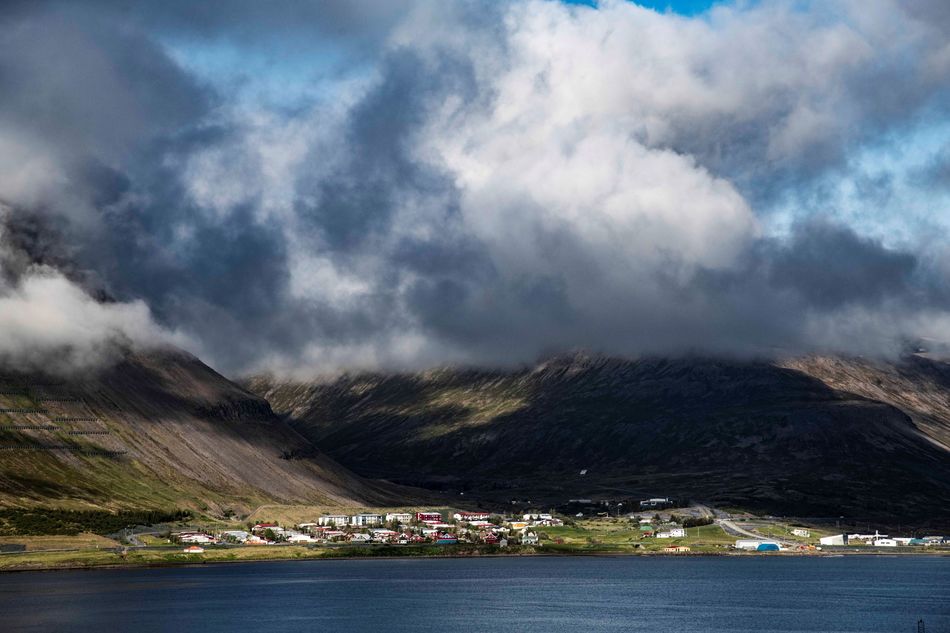
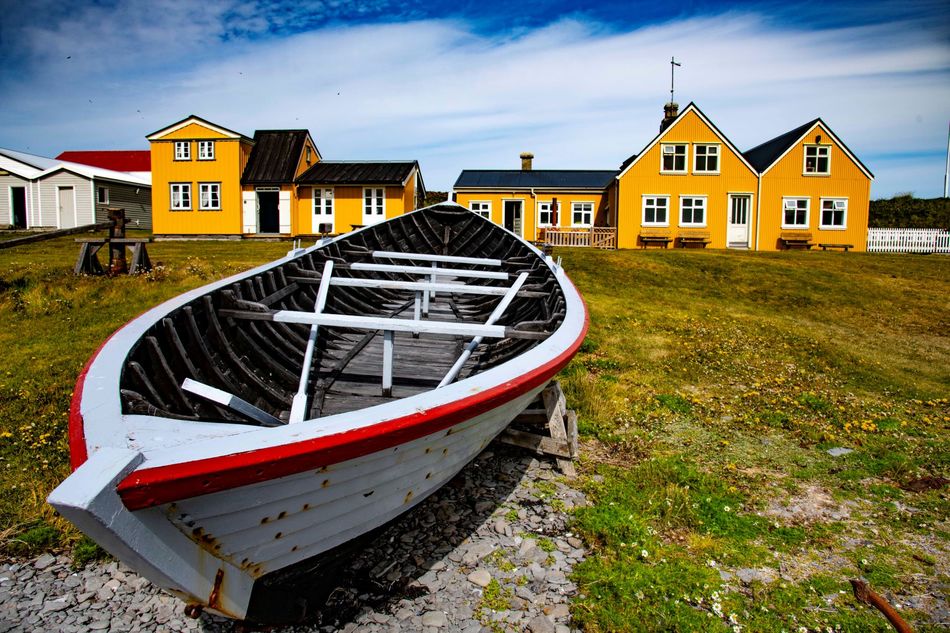

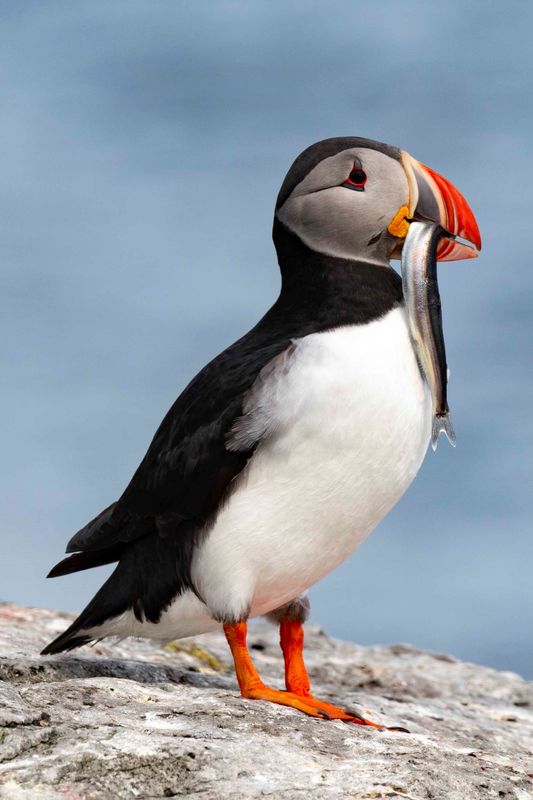
Oct 28, 2021 09:16:28 #
billnikon wrote:
Although phones have their place, there is nothing that can match a camera like the Nikon D850.
I agree and that is one reason I sold my D850.
Oct 28, 2021 15:33:48 #
billnikon wrote:
Although phones have their place, there is nothing that can match a camera like the Nikon D850.
Lovely shots 💞🔥💞
Oct 28, 2021 20:24:36 #
Oct 29, 2021 00:00:51 #
CHG_CANON wrote:
The EOS R5 has changed how we think about mirrorless, how we think about photography, how we think about life. The others not so much.
LOL LOL LOL LOL
Oct 29, 2021 00:10:45 #
I have use the best of pro Nikon and Canon for four decades (both brands) and moved to Sony fullframe mirrorless in January 2017. And I have used or owned the best from Leica, Fuji, Hasselblad, Mamiya, Olympus, Pentax in a pro career of over 47 years.
I have owned Sony A7RII, A7RIII, A7III, A( and now own A1, A7RIV and A7SIII .
The A1 is the very best and most capable camera I have ever used and owned. It is the champ for fast action, pro sports, wildlife, photojournalism, fashion and so much more. Oh and it is also a great video camera with 8k, 4k/120 and more.
No camera is perfect or perfect for everyone in spite what any fanperson or media hype tells you . My loyalty is to the best gear that covers my professional and personal needs. Right now the A1 is that camera and more. Worth ever bit of the $6500 USD price IMHO.
I am excited to see the Z9 for Nikon users and the Canon R3 for Canon users. All good cameras in their own rights. The A1 gives me what I need and more.
Cheers.
I have owned Sony A7RII, A7RIII, A7III, A( and now own A1, A7RIV and A7SIII .
The A1 is the very best and most capable camera I have ever used and owned. It is the champ for fast action, pro sports, wildlife, photojournalism, fashion and so much more. Oh and it is also a great video camera with 8k, 4k/120 and more.
No camera is perfect or perfect for everyone in spite what any fanperson or media hype tells you . My loyalty is to the best gear that covers my professional and personal needs. Right now the A1 is that camera and more. Worth ever bit of the $6500 USD price IMHO.
I am excited to see the Z9 for Nikon users and the Canon R3 for Canon users. All good cameras in their own rights. The A1 gives me what I need and more.
Cheers.
Oct 29, 2021 00:17:49 #
tcthome wrote:
$6500 before extra batteries & memory cards +tax. Uhh, $8k is probably correct!
Not really, you dont have to buy the most expensive memory cards and the extra batteries can be had for as little as two for $50 . Maybe in Canada you spend $8000, but not in the USA. .Oh and I didn't pay any tax , buying it online out-of-state.
If you dont need what it can do then dont spend for it.
Top wildlife pro Mark Smith, a longtime Nikon D850 and D500 user moved to Sony for many reasons, but in a nutshell, for much better performance.
https://www.youtube.com/watch?v=0ruQVtSqnYo&t=76s
Cheers and here just a few of my A1 shots:
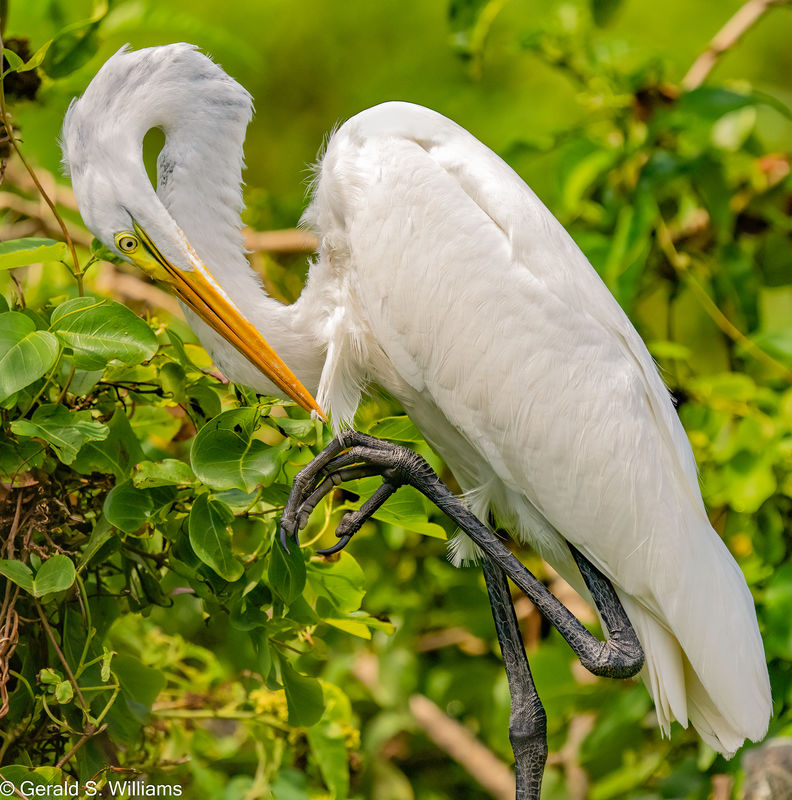
(Download)
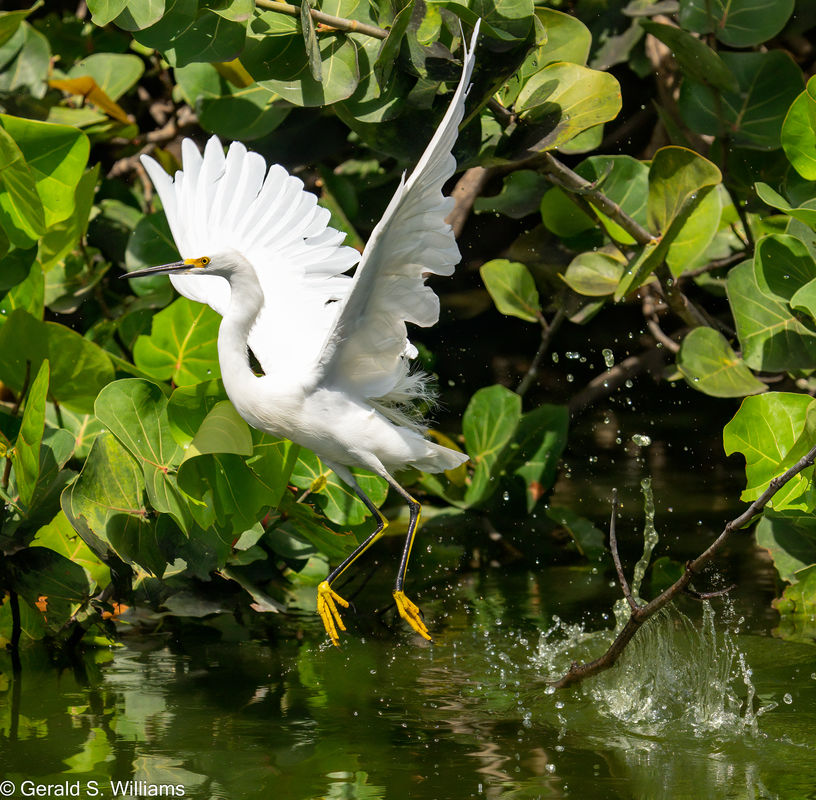
(Download)
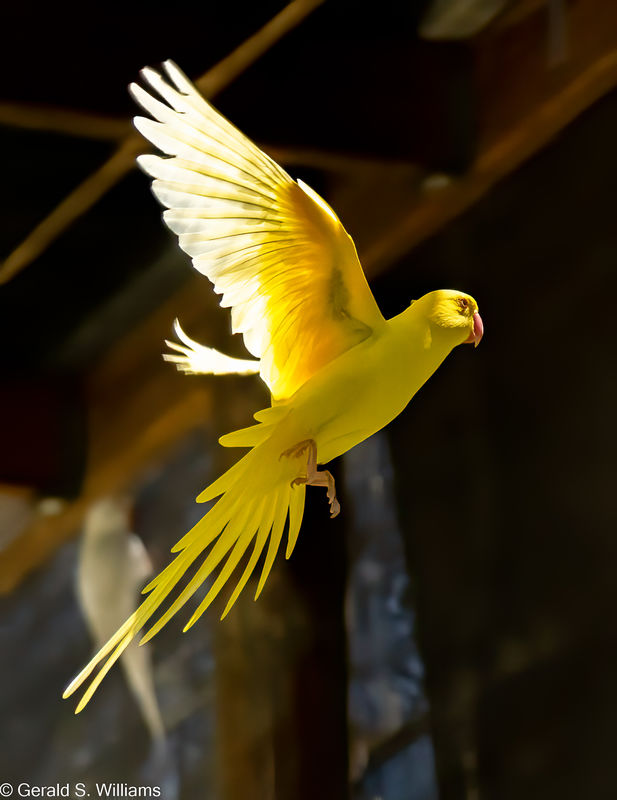
(Download)
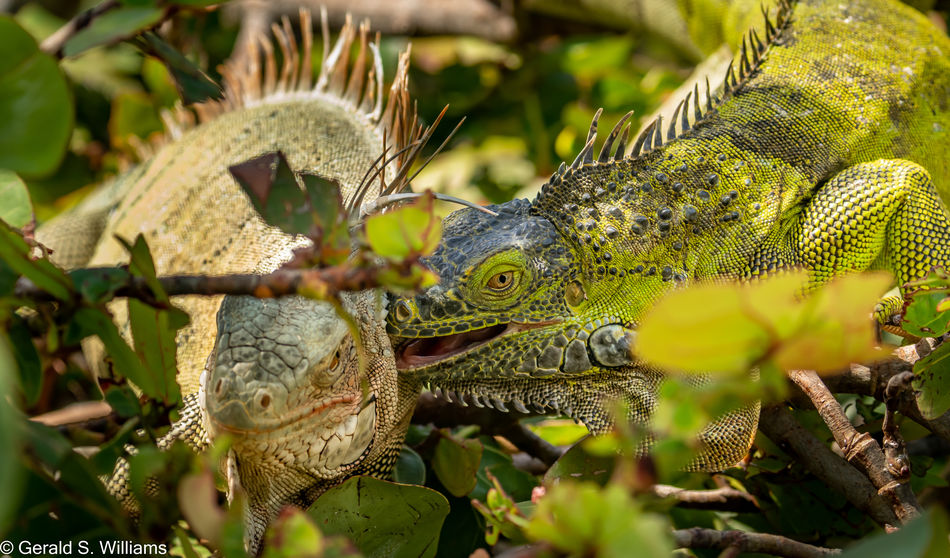
(Download)
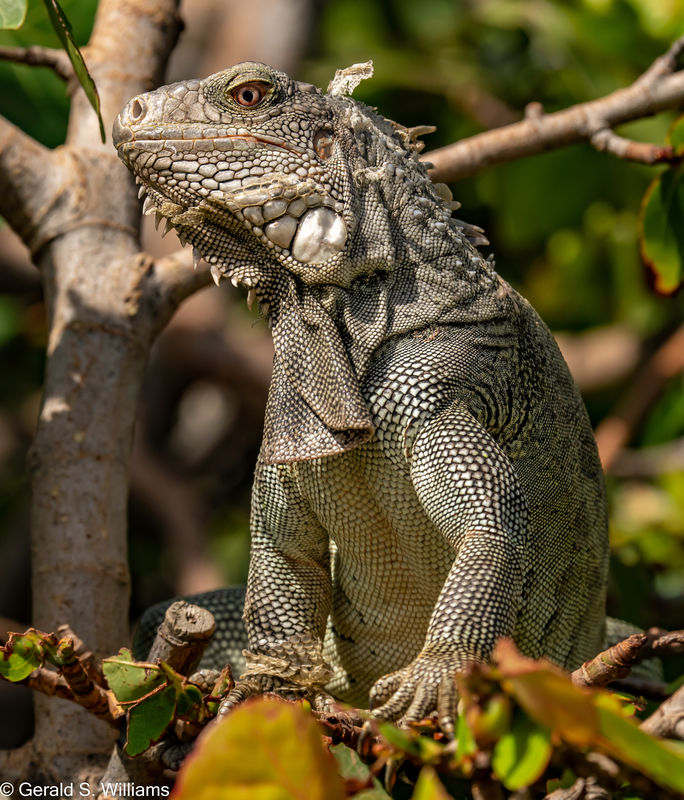
(Download)
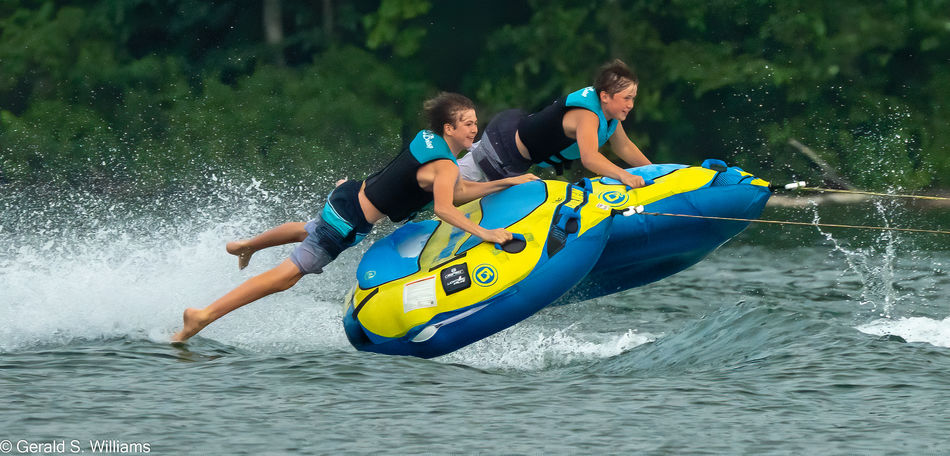
(Download)
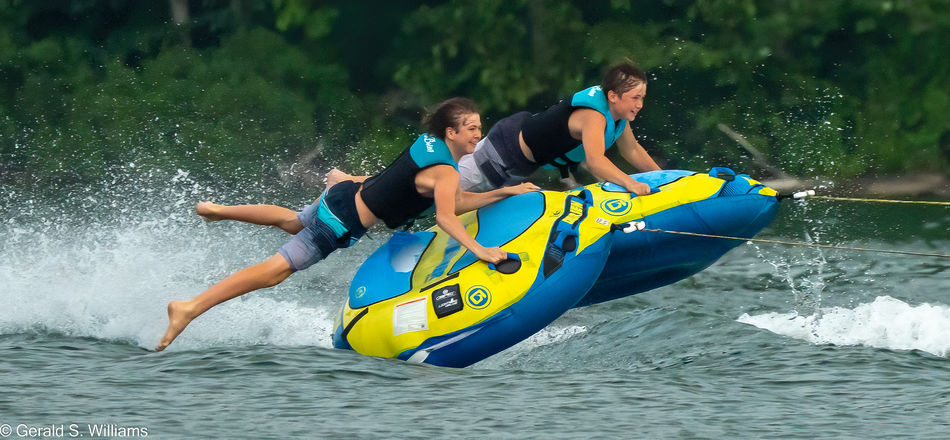
(Download)
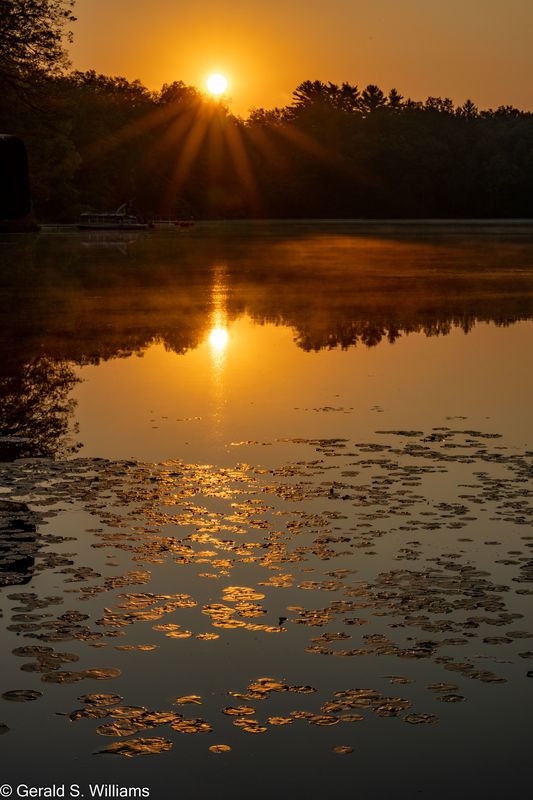
(Download)
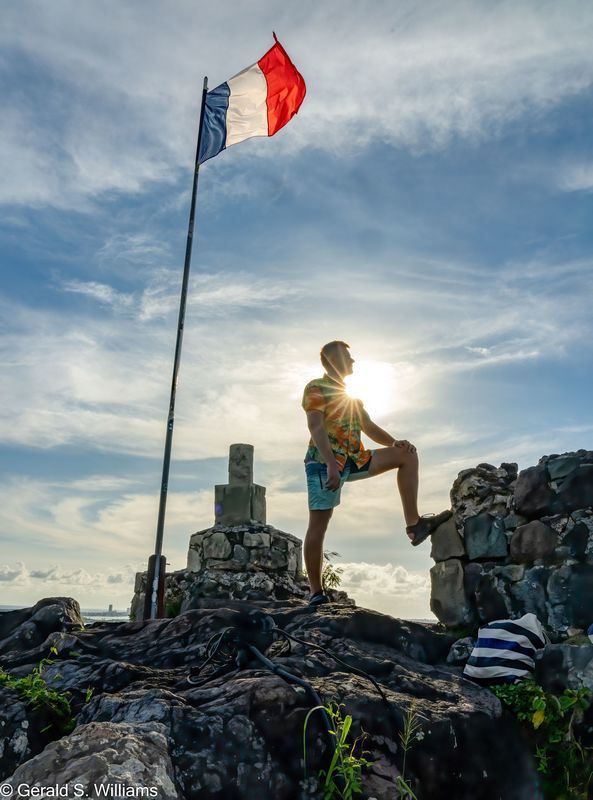
(Download)
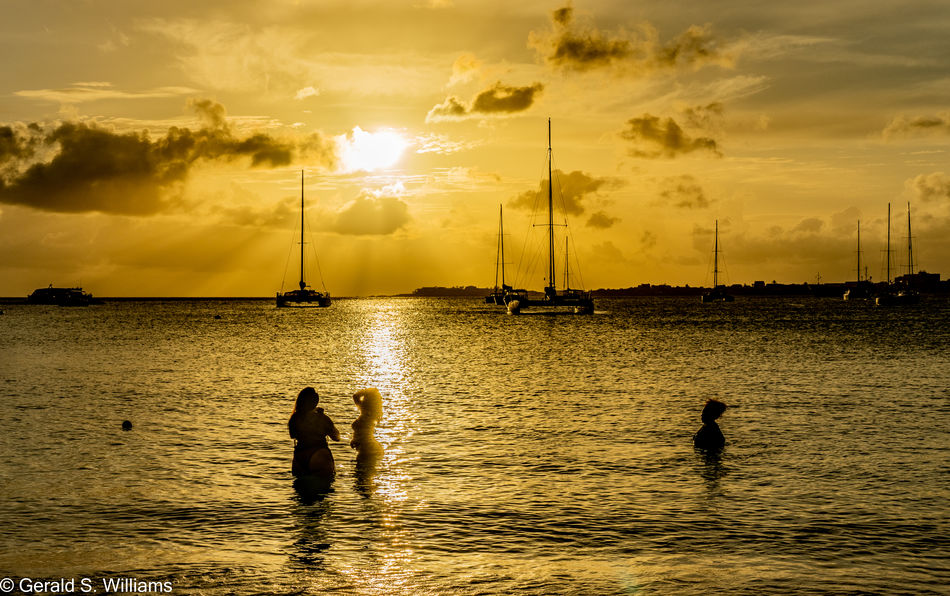
(Download)
If you want to reply, then register here. Registration is free and your account is created instantly, so you can post right away.


